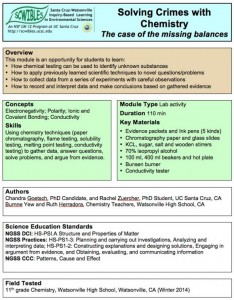 The Case of the Missing Balance
The Case of the Missing Balance
by Chandra Goetsch, Rachel Zuercher, Ruth Herradora, and Burnne Yew
Many specialty fields use a variety of scientific techniques to answer questions and/or solve problems. For example, forensic scientists collect different pieces of evidence from a crime scene. This module encourages students to choose which methods are appropriate to test the evidence. After conducting the appropriate chemical tests, the students conclude which suspect committed the crime.
Students learn: 1) How chemical testing is used to identify unknown substances, 2) How to collect data from a series of experiments, and 3) How to record and interpret data and make conclusions based on gathered evidence.
Docs: fulltext.docx presentation.pptx teacherguide.docx studentguide.docx worksheet.docx chemref.docx bios.docx report.docx
Keywords: argument, cause, chemical tests, communication, crime, data, evidence, explanations, forensic science, investigations, patterns, HS-PS1.A

 Using Paper Chromatography to Understand Polarity
Using Paper Chromatography to Understand Polarity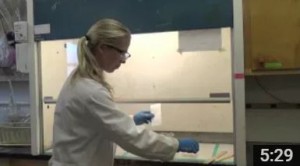
 Exploring Trends Across the Periodic Table
Exploring Trends Across the Periodic Table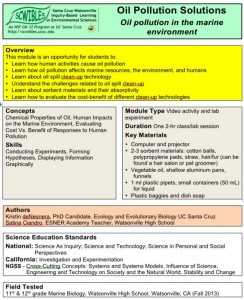
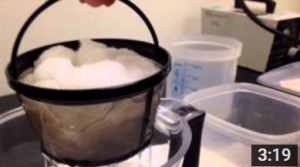
 Rock cycle and igneous rock formation
Rock cycle and igneous rock formation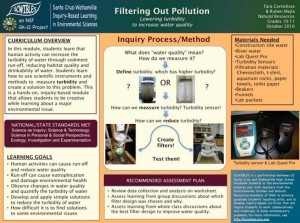 Lowering Turbidity to Increase Water Quality
Lowering Turbidity to Increase Water Quality